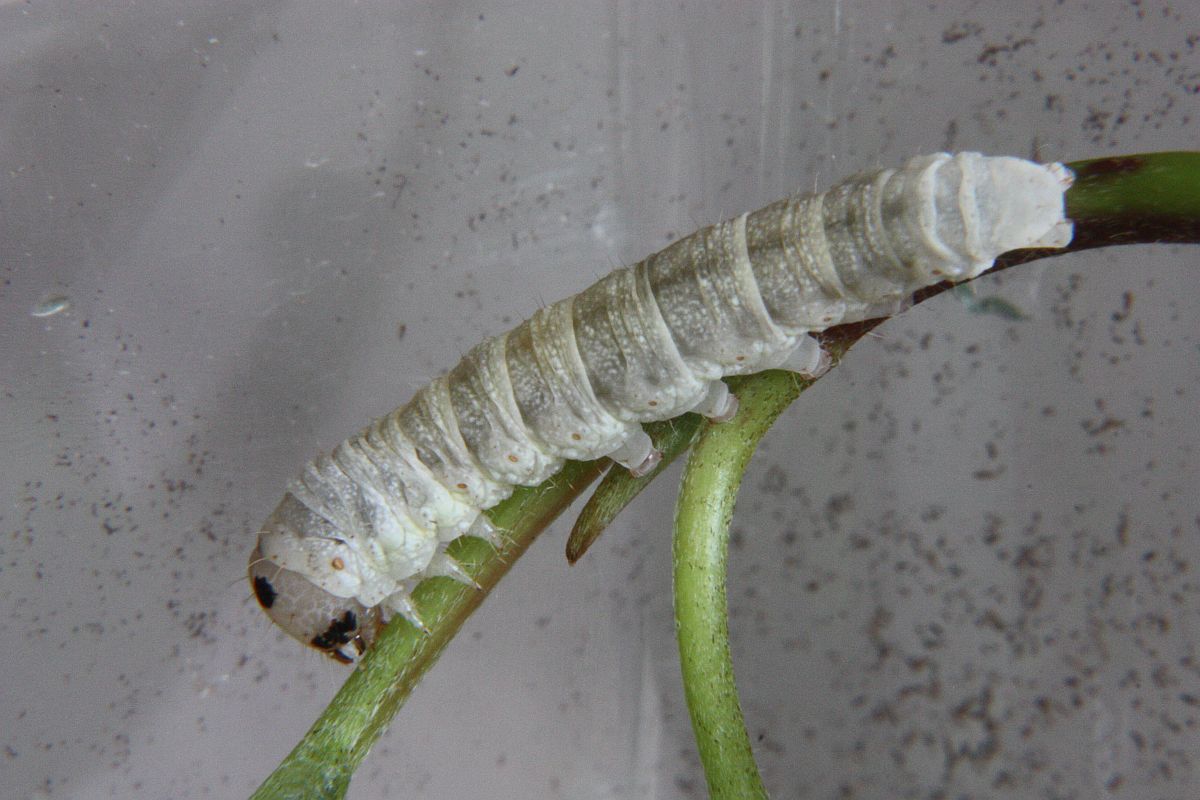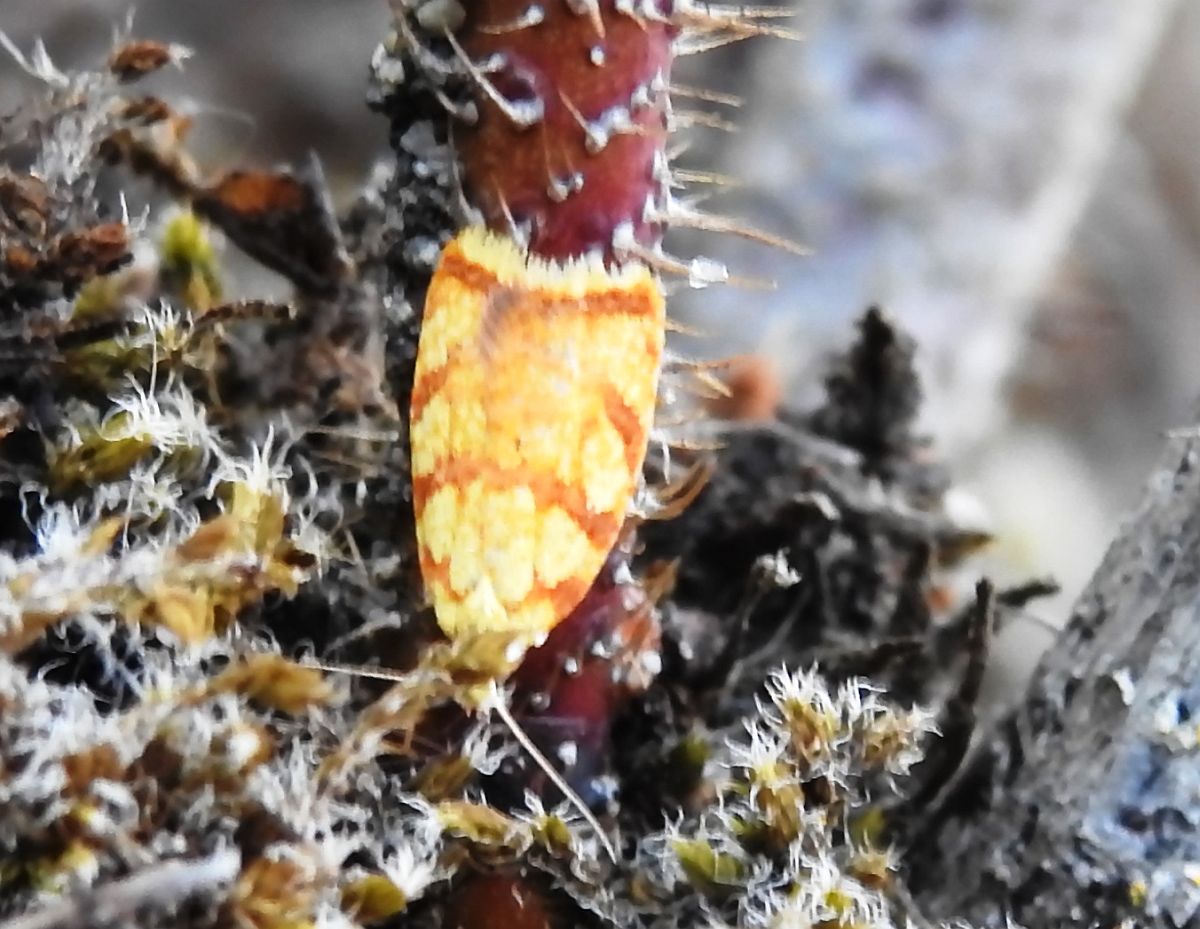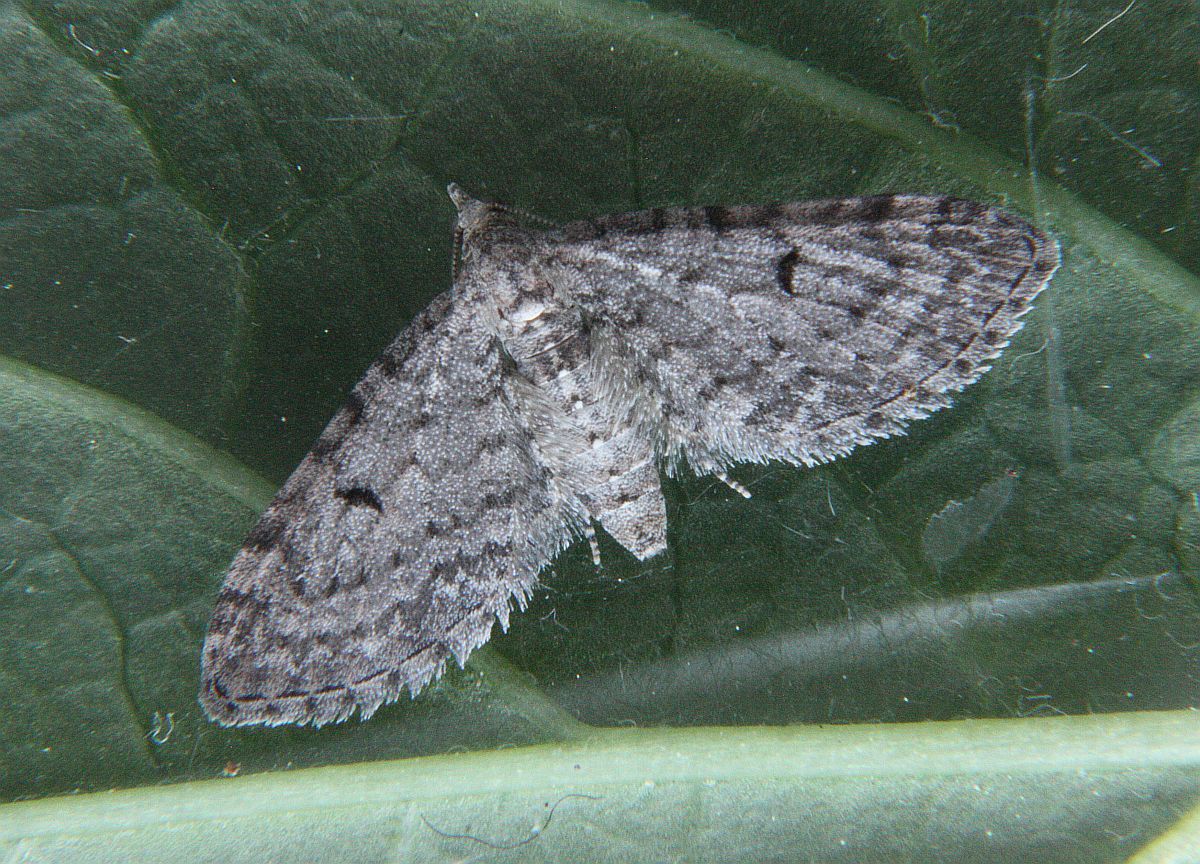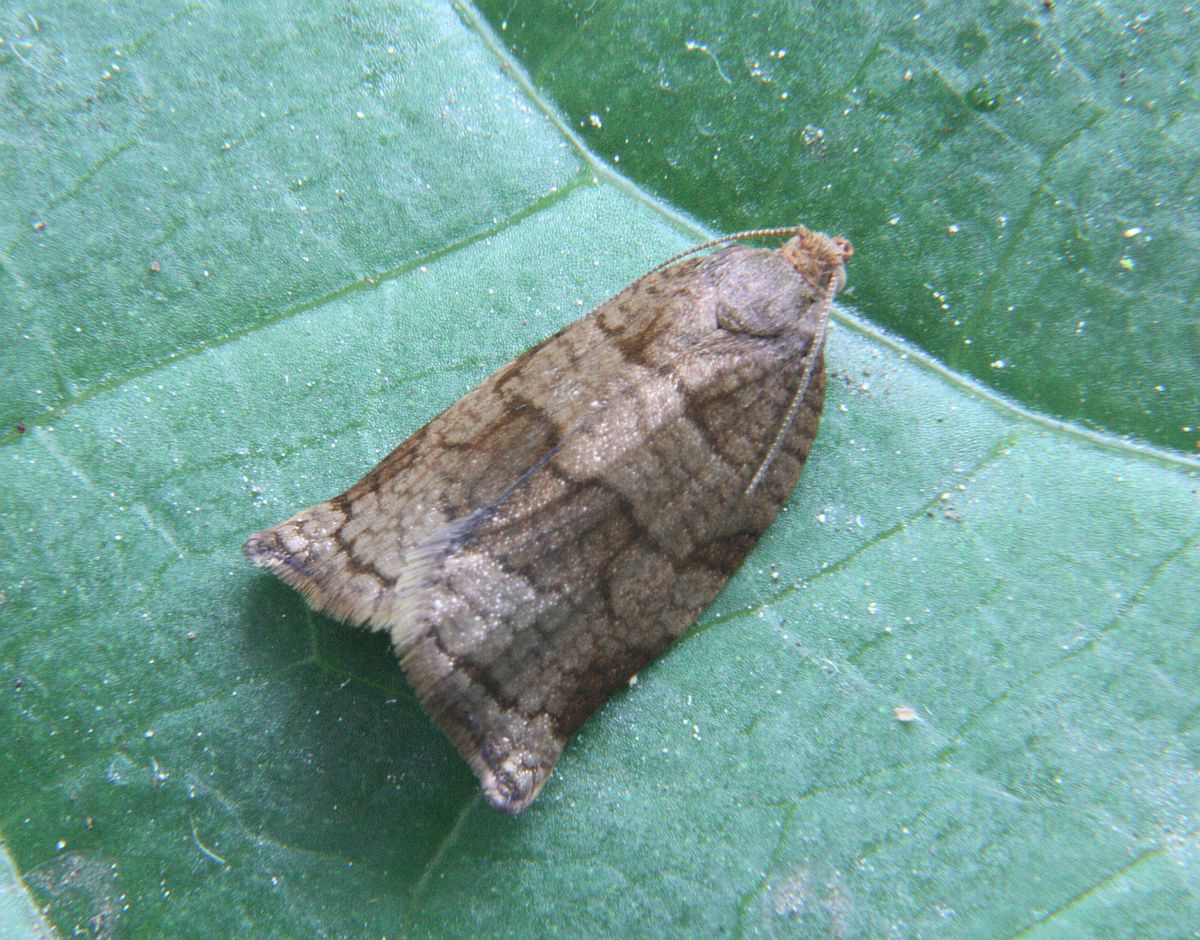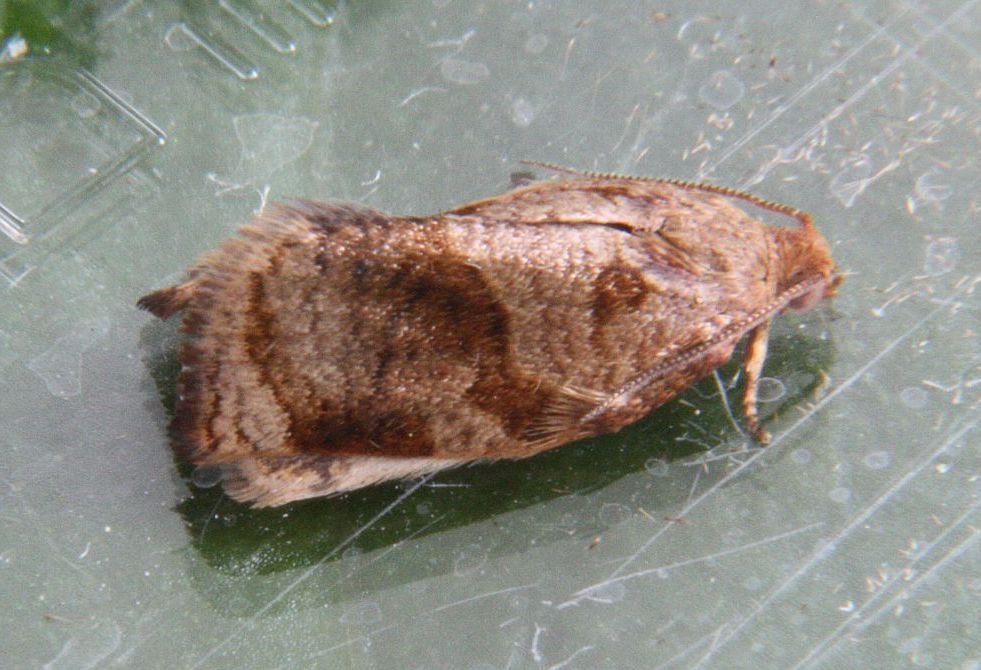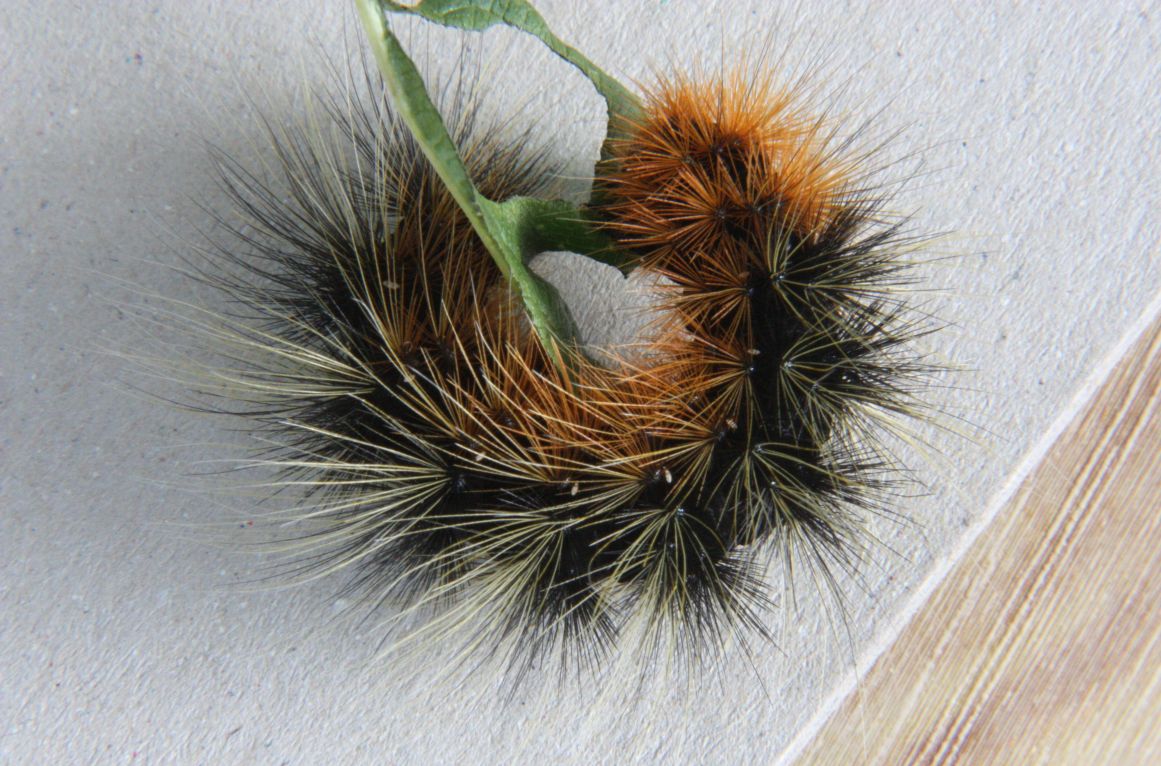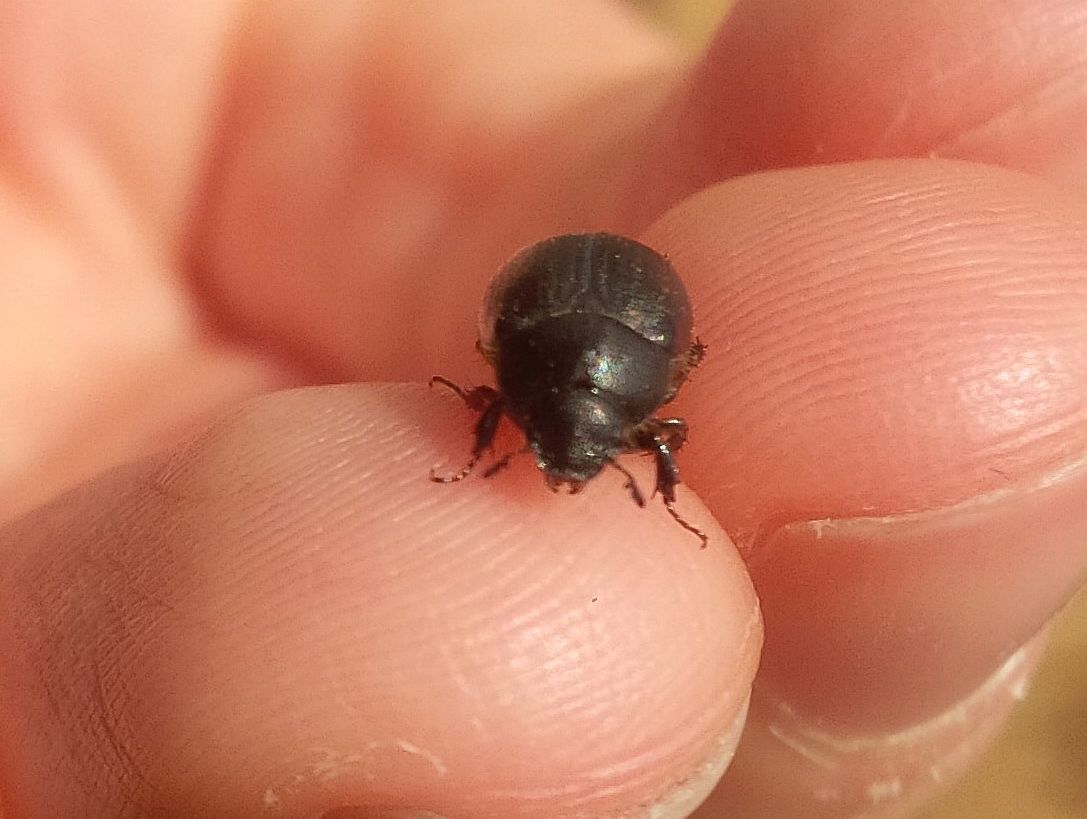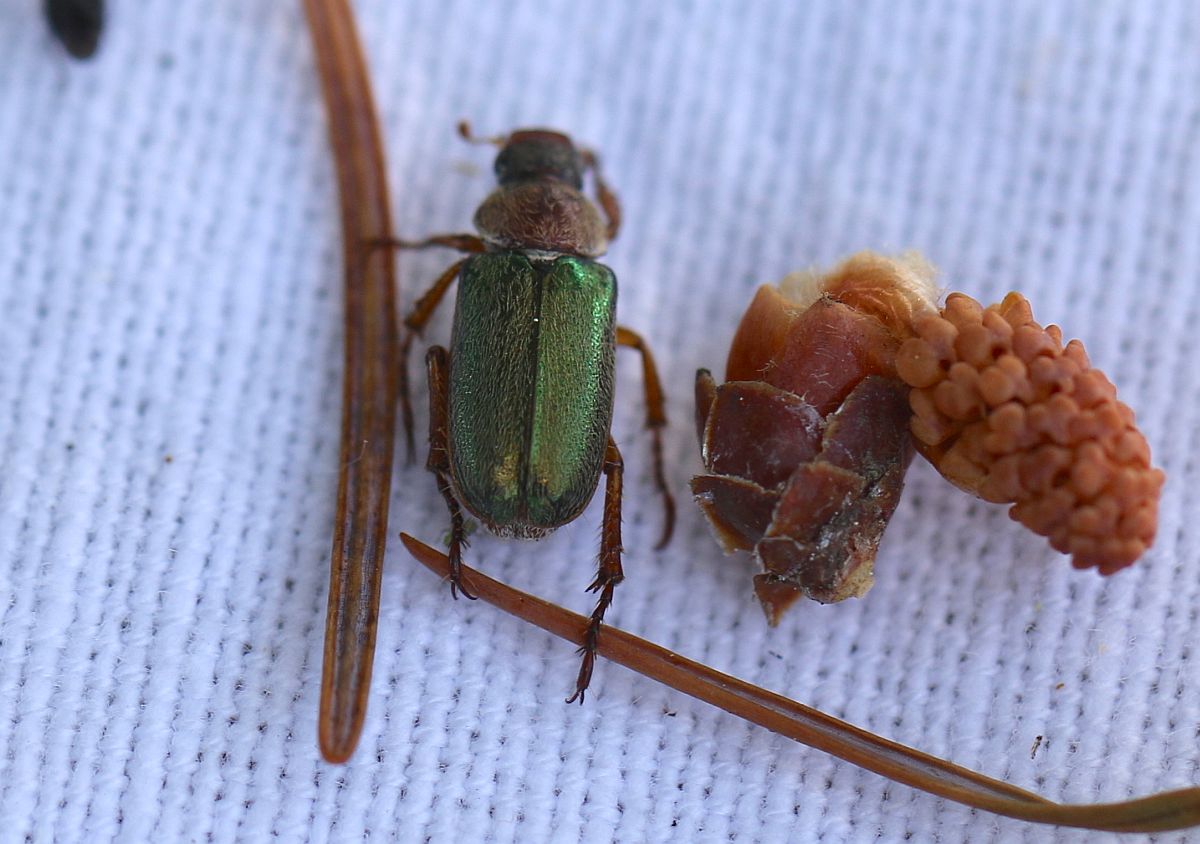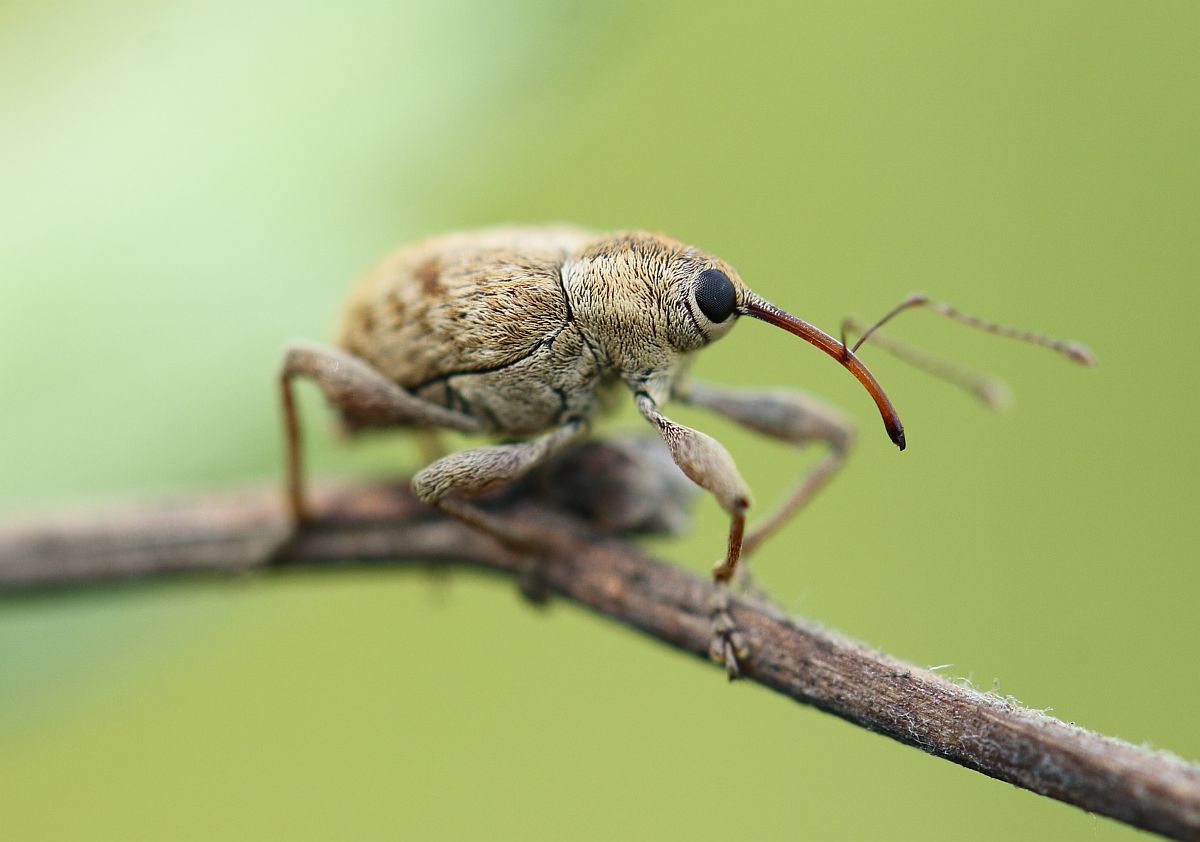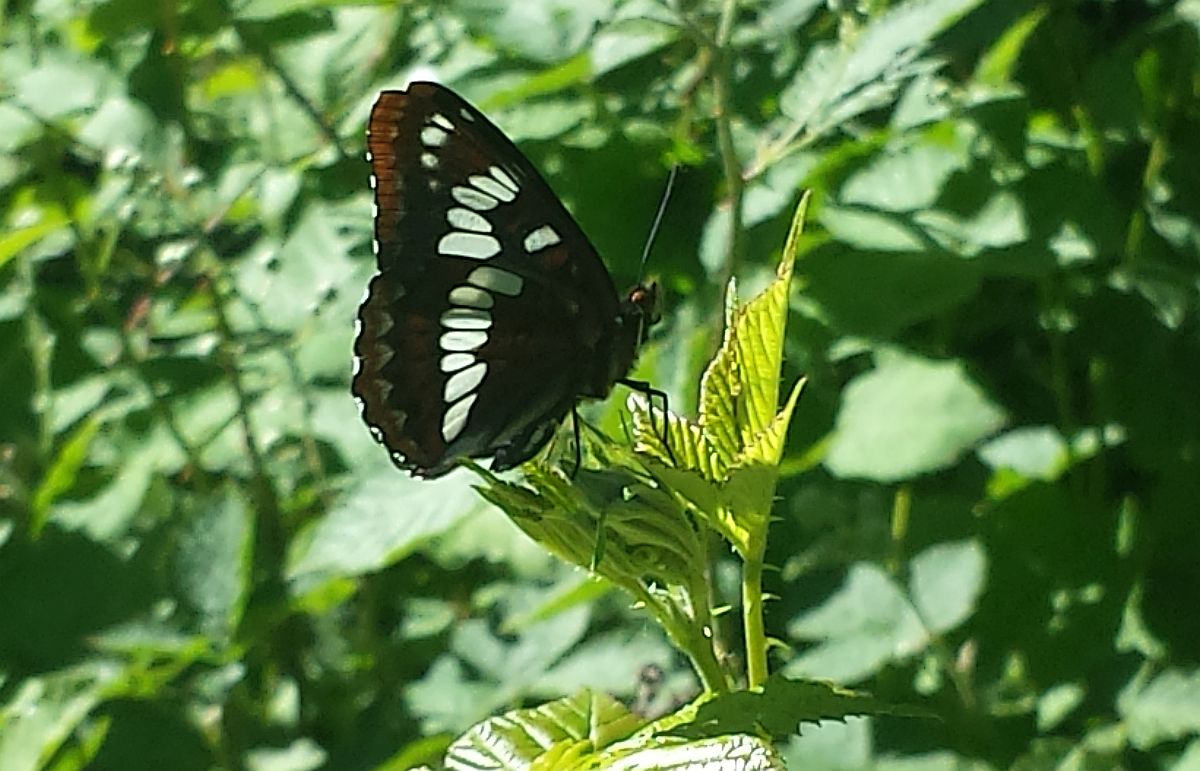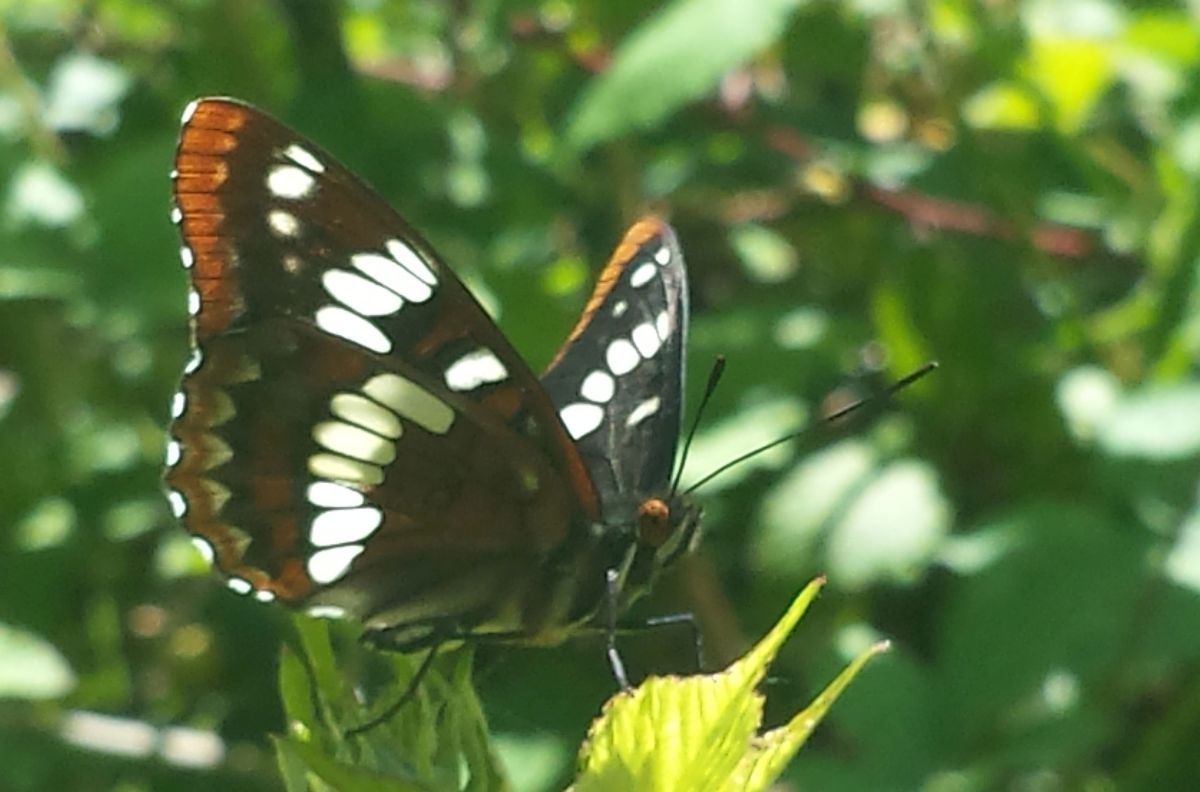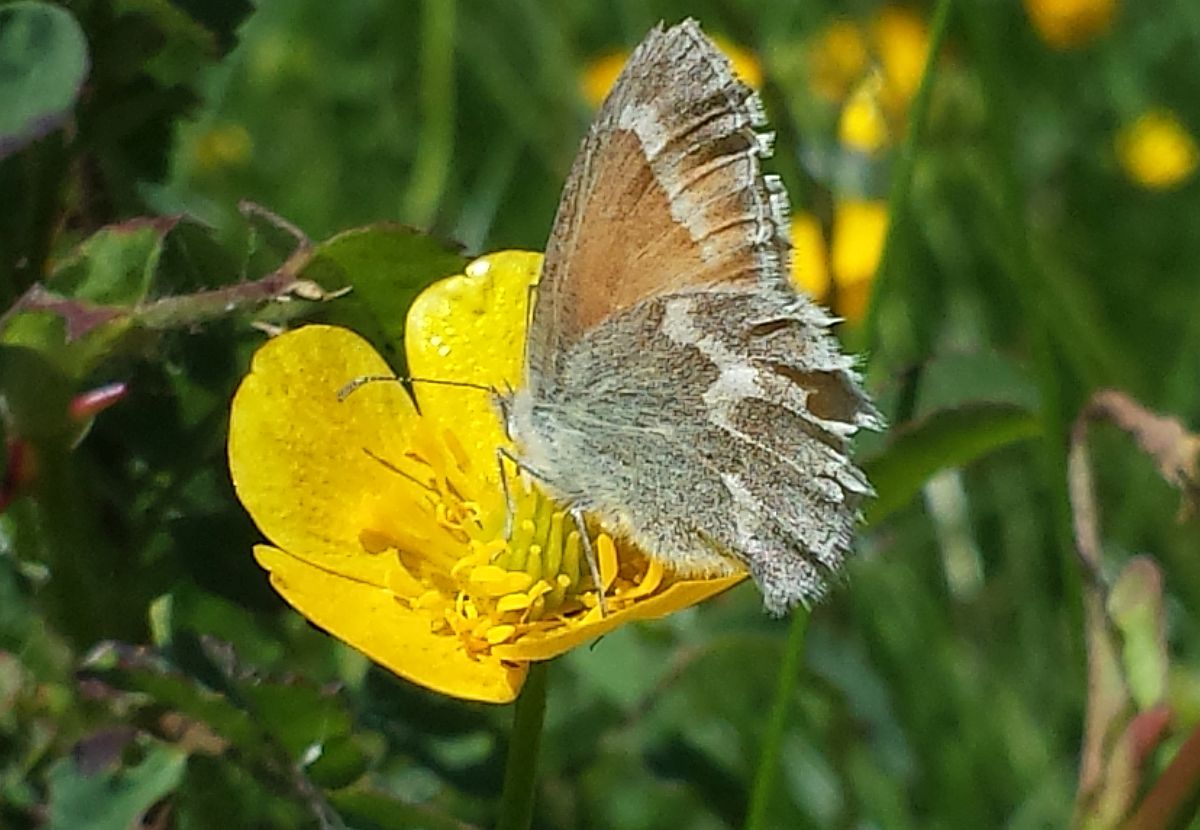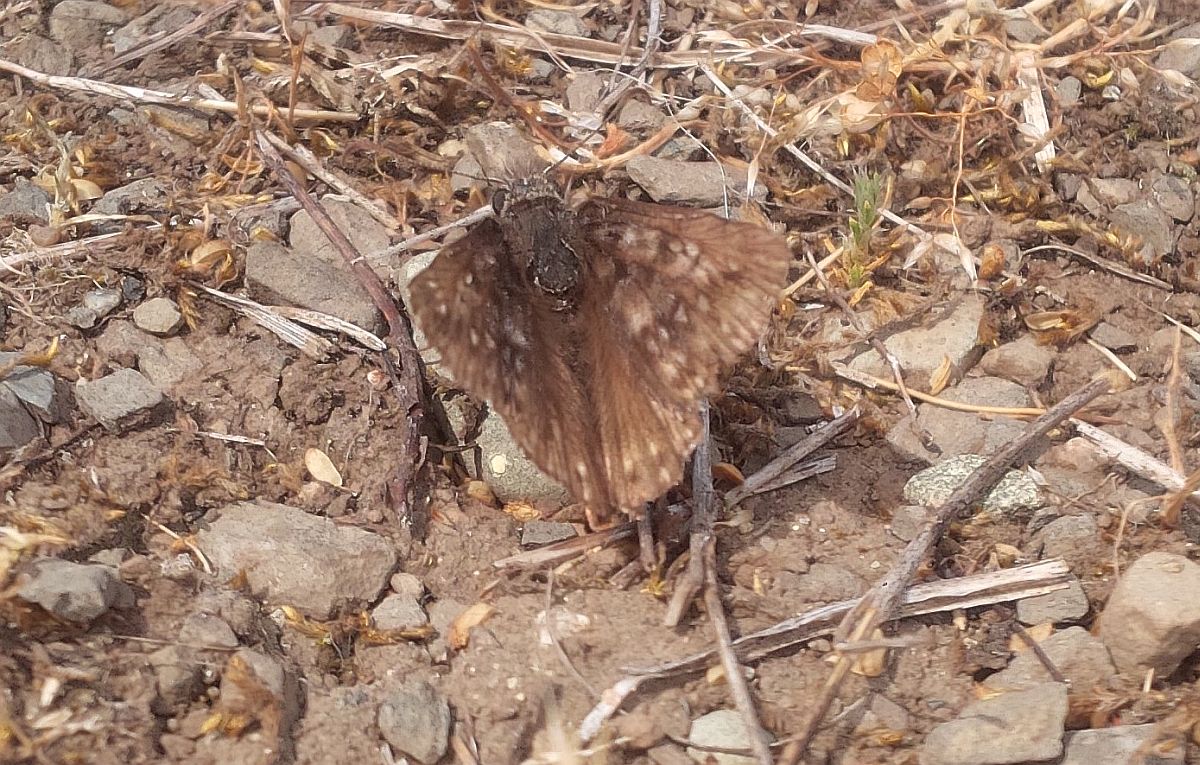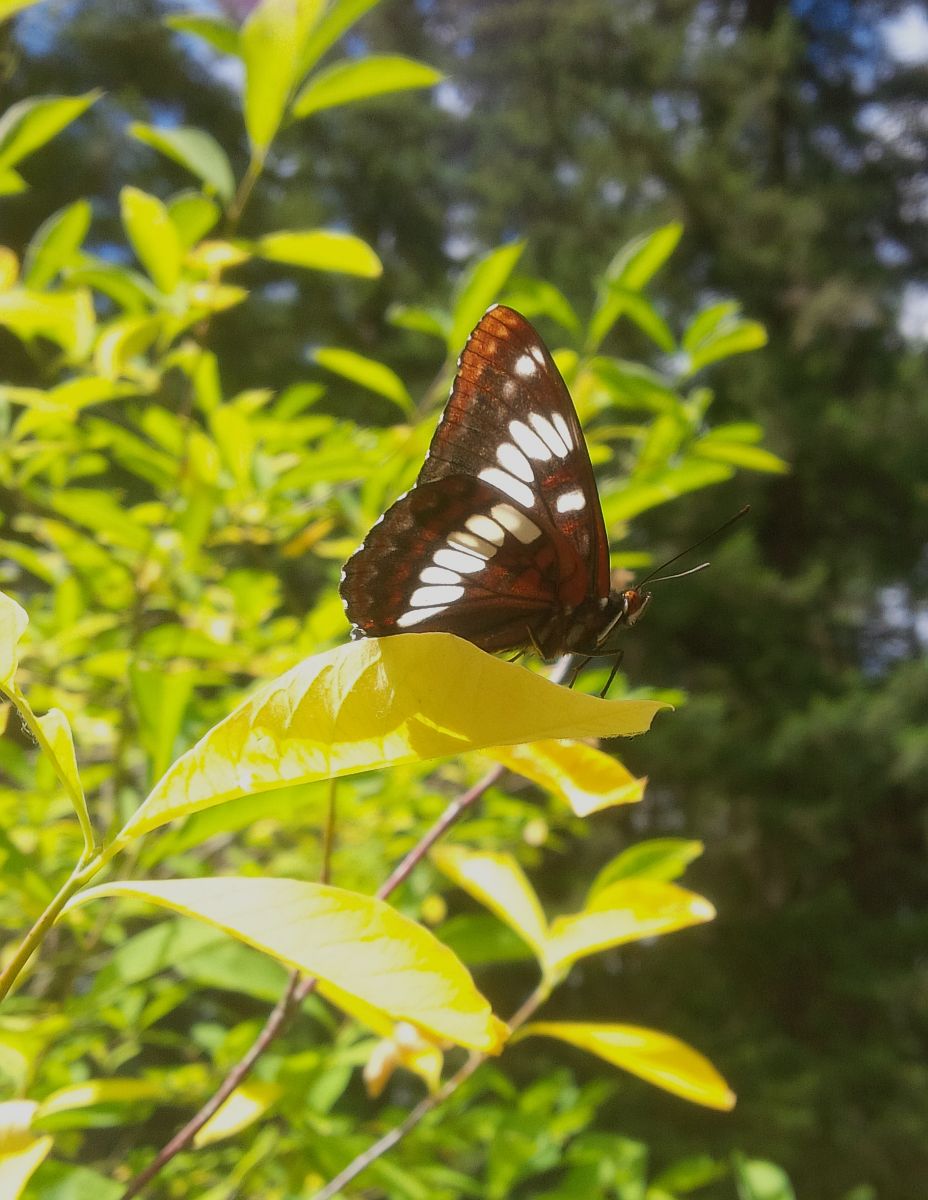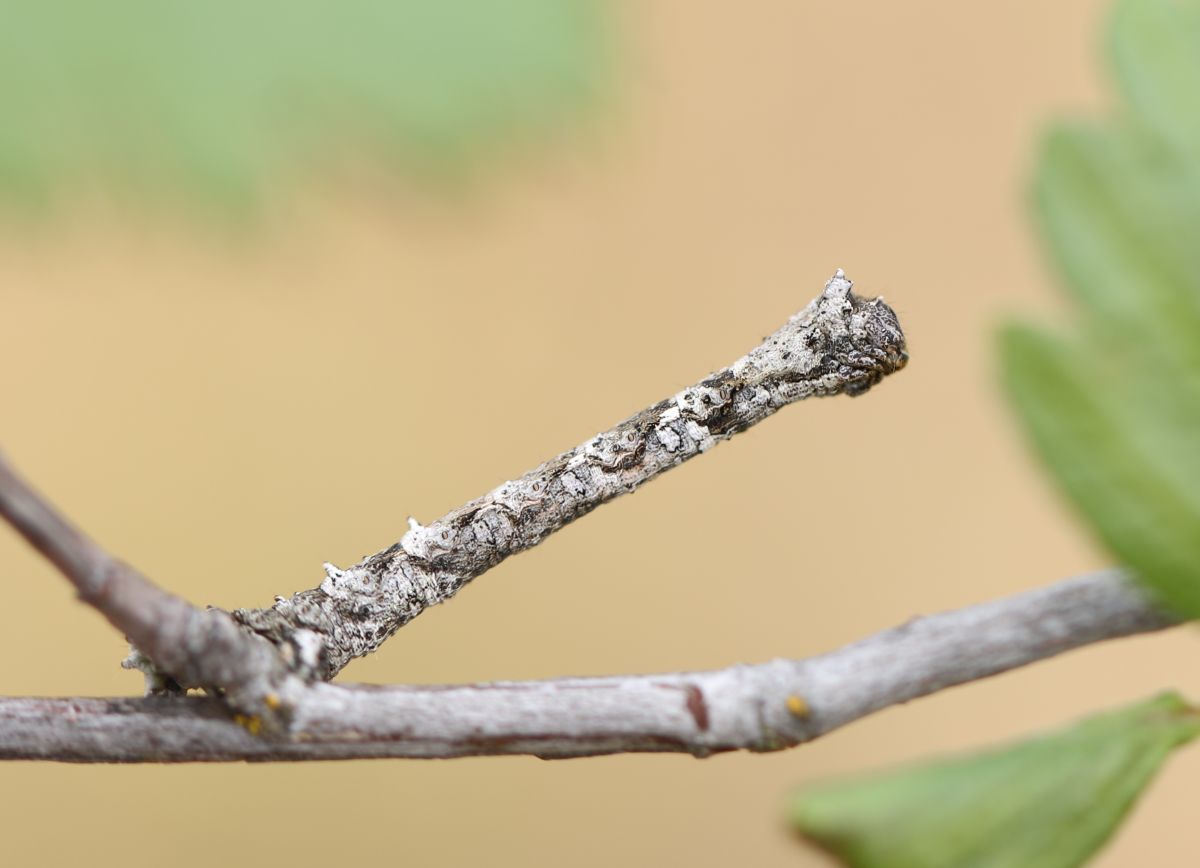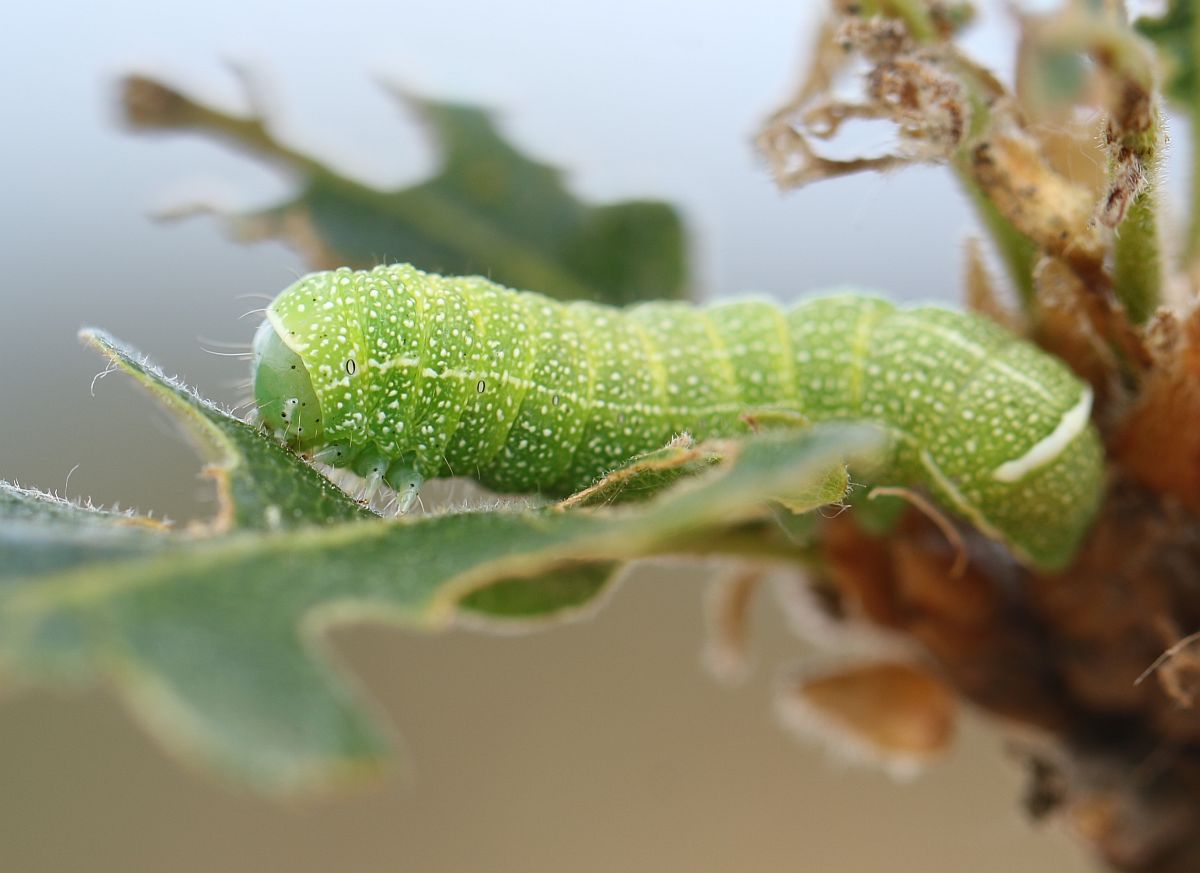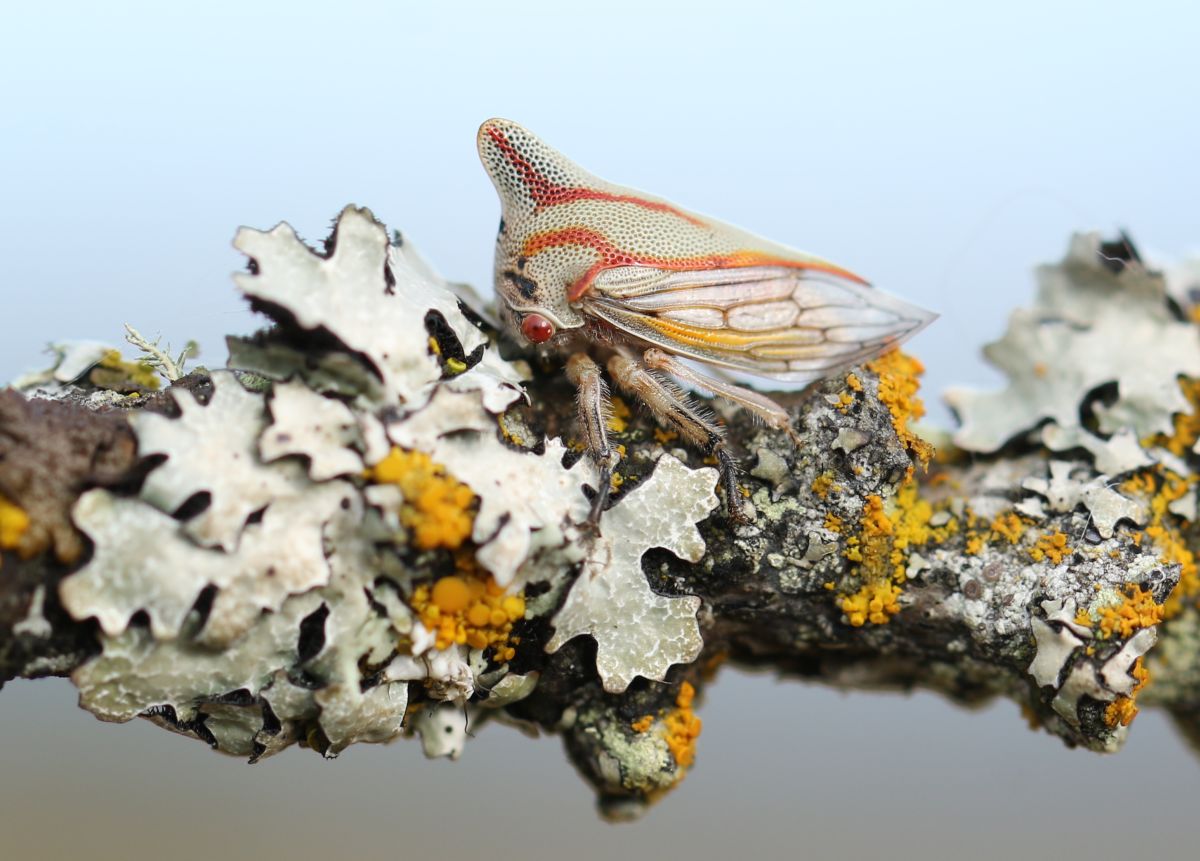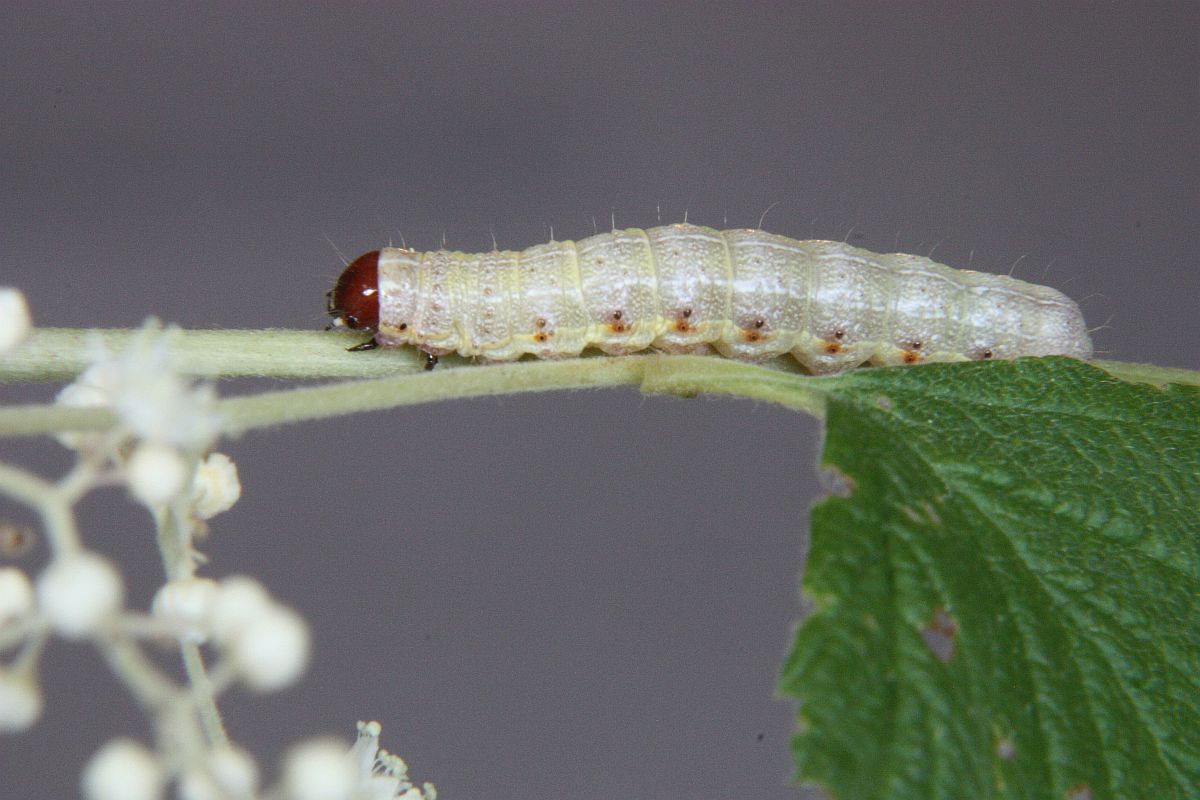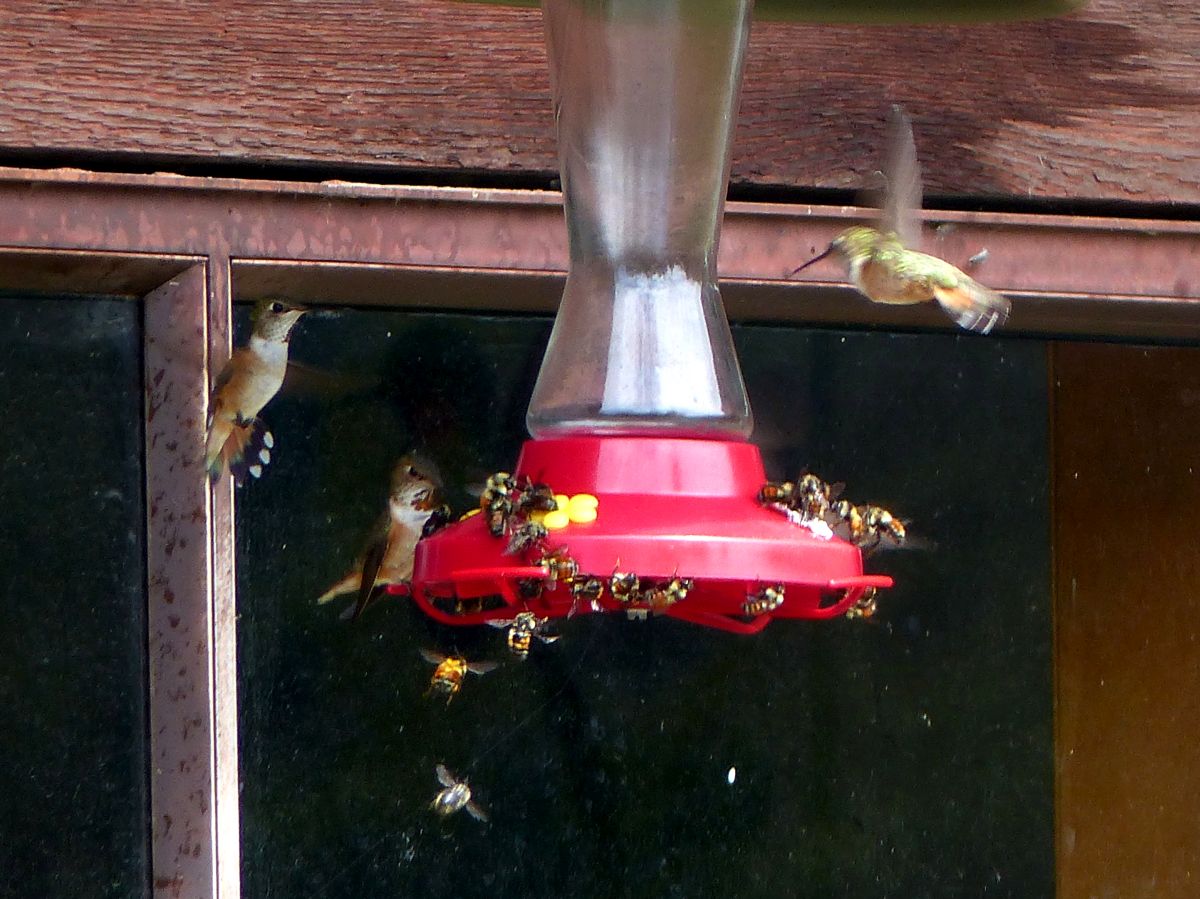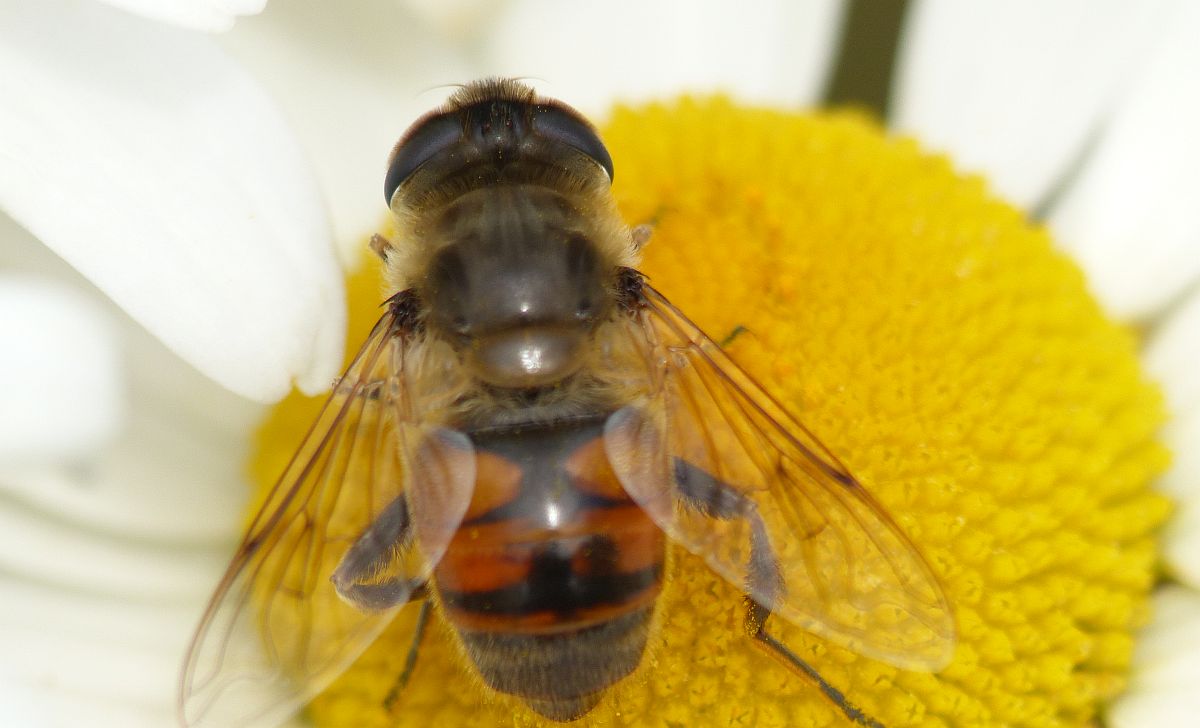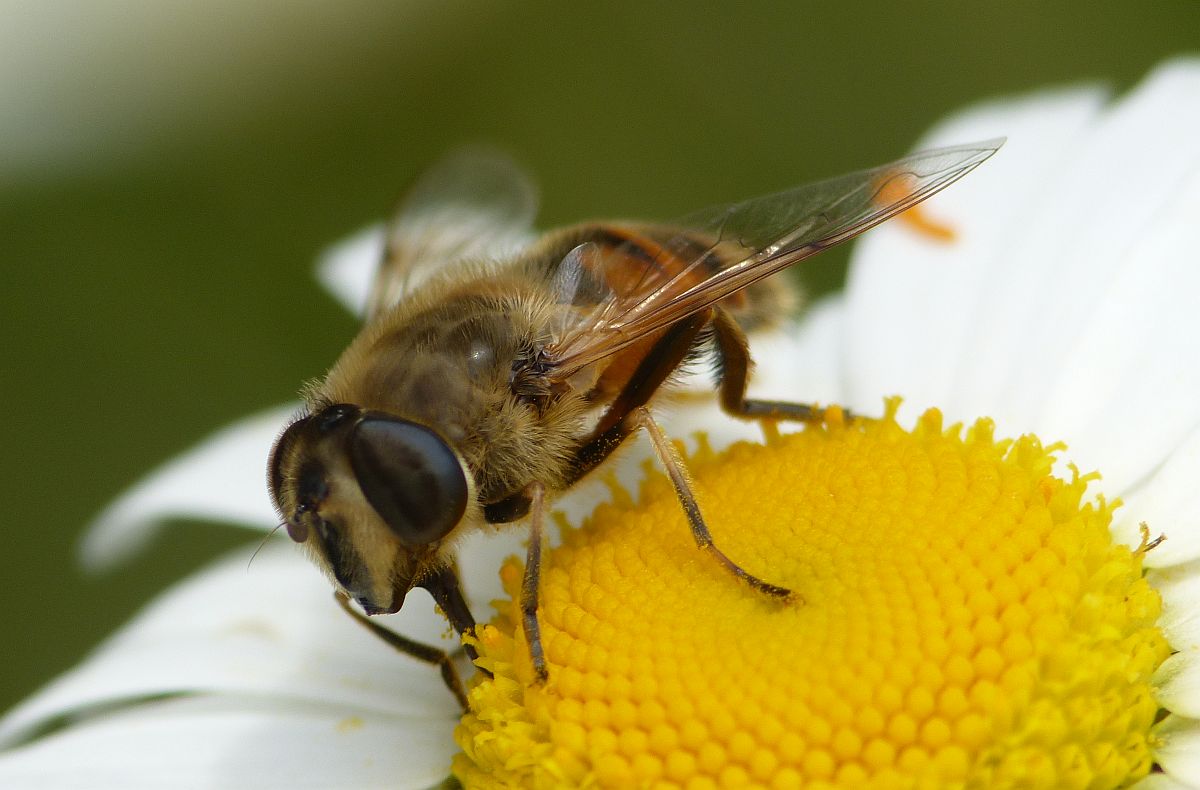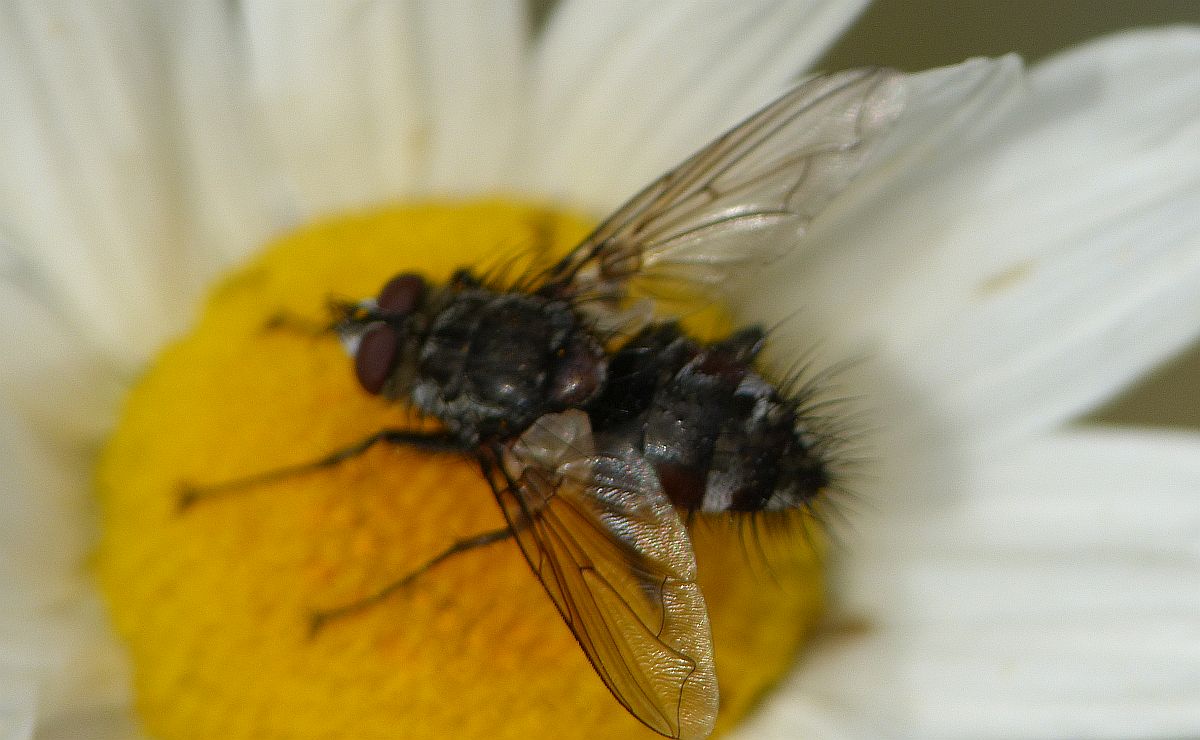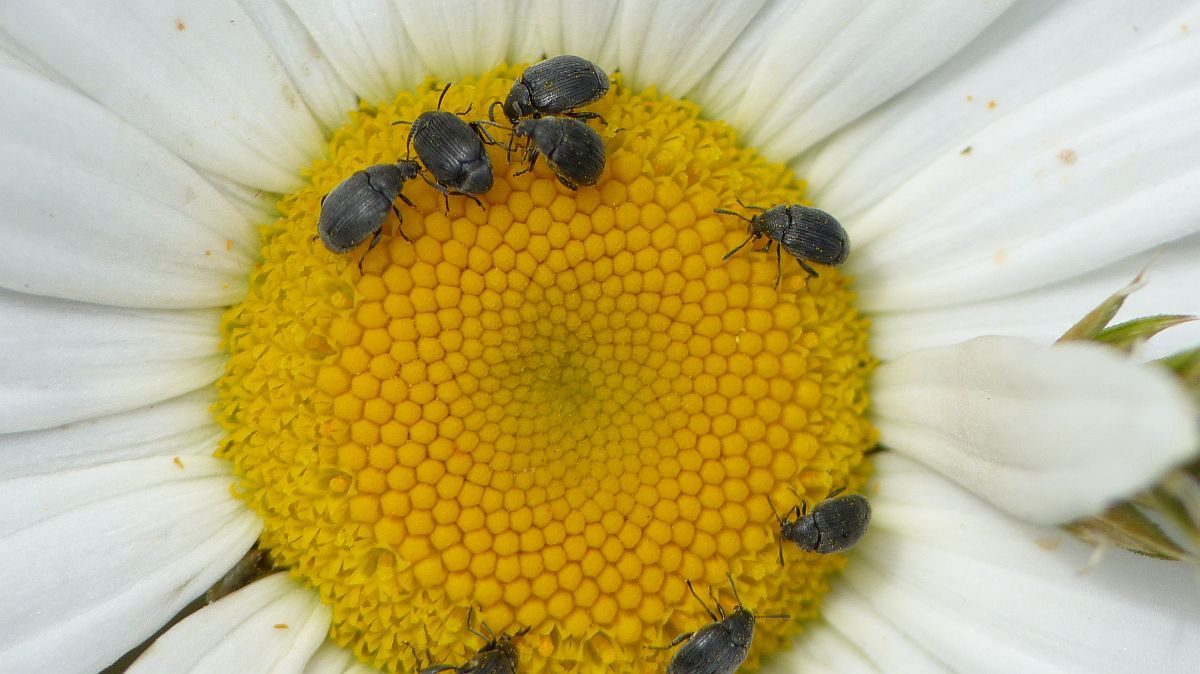2018 June 14
Message from Gordon Hart
Hello Butterfly Counters,
The June count runs nine days from the third Saturday, June 16, to the fourth Sunday, June 24. You can submit a count anytime over this period, and you can do more than one count, just use a separate form for each count. In the case of repeat counts, or more than one person counting an area, I will take the highest count for each species.
Please use the form at https://www.vicnhs.bc.ca/?p=33 on the Victoria Natural History Society website .
The count area is the same as the Christmas Bird Count circle (attached). For butterfly identification there are numerous internet sites, but most or all Victoria species are listed on E-Fauna. If you select by photographer, all the photos under James Miskelly’s name are of Victoria species. Here is the link: http://linnet.geog.ubc.ca/efauna/photoGallery/Gallery.aspx?gr=showall&pid=175&photographer=miskelly,%20james&specrep=0
If you would like a suggestion for an area to count, please send me an email.
The May count had 818 butterflies of 16 species. In June, some spring species may be missing, but the number of individuals should be similar.
In addition to the counts, a monthly butterfly walk is held on the first Sunday of each month – the next walk will be on July 1. We start at the summit of Mount Tolmie at 1pm, and decide where to go from there. I will send out another reminder near the month-end.
Thank-you for submitting your sightings and happy counting!
Gordon Hart
Butterfly Count Coordinator
Victoria Natural History Society
Count circle map link:
http://christmasbirdcount.ca/bcvi/CBCMaps.html#VictoriaMap
Jeremy Tatum writes: Yesterday’s Garden Tiger caterpillar decided to stretch out today for another photograph:

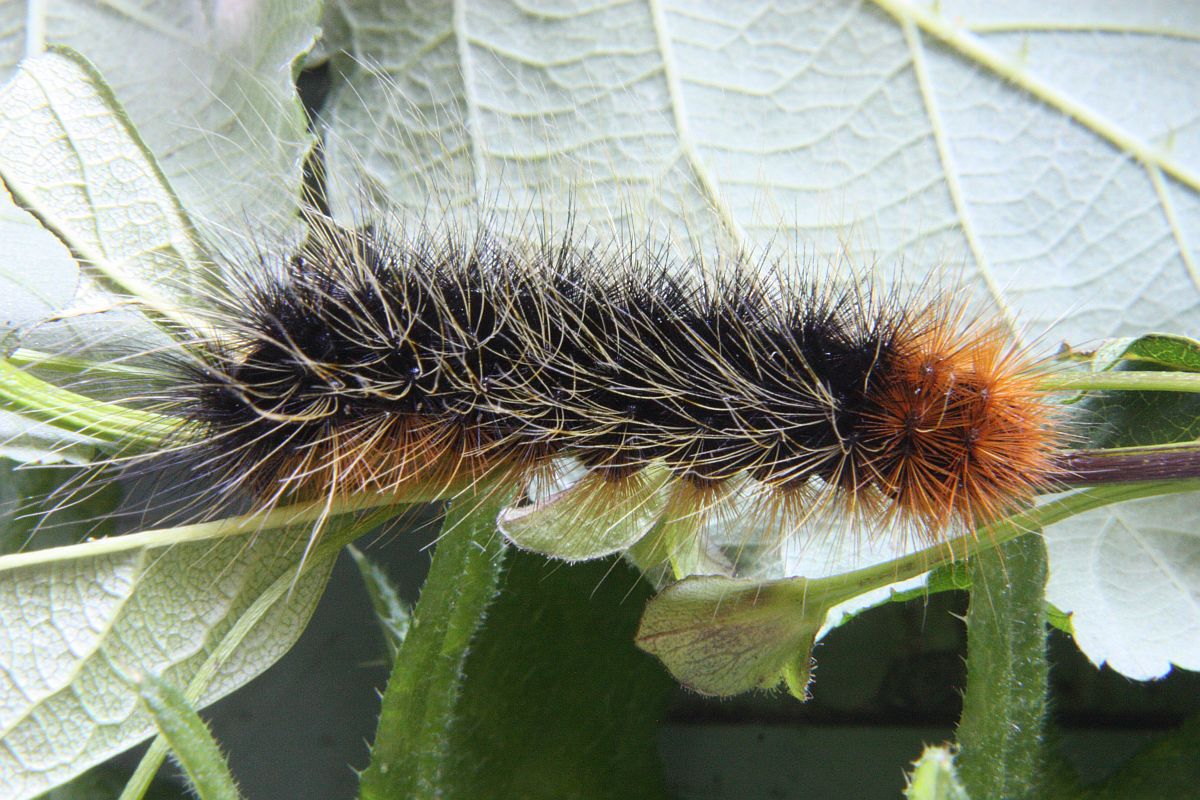
Garden Tiger Arctia caja (Lep.: Erebidae – Arctiinae) Jeremy Tatum
Jochen Möhr had a big haul at Metchosin yesterday. Thanks to Libby Avis for the identifications.

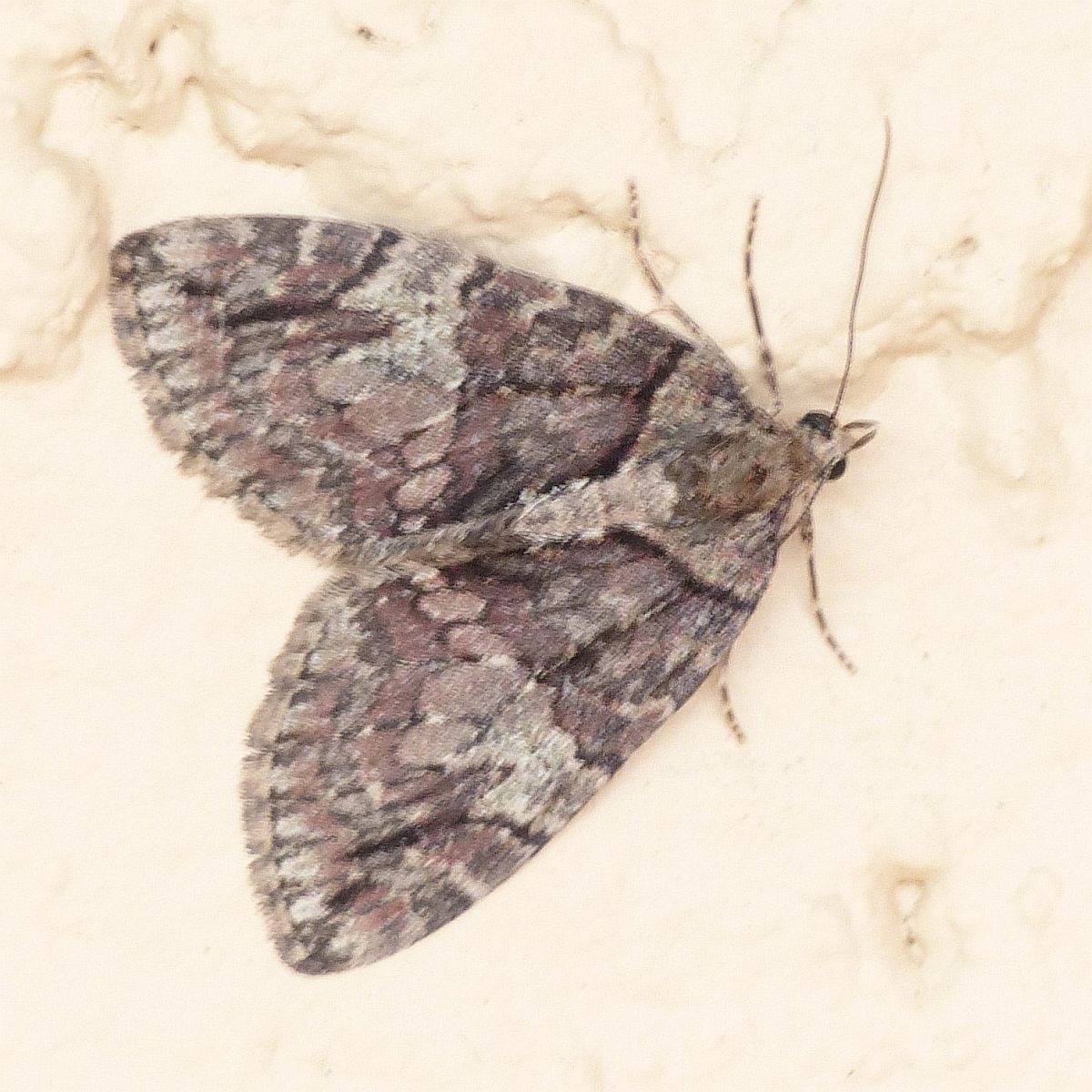
Hydriomena marinata (Lep.: Geometridae) Jochen Möhr

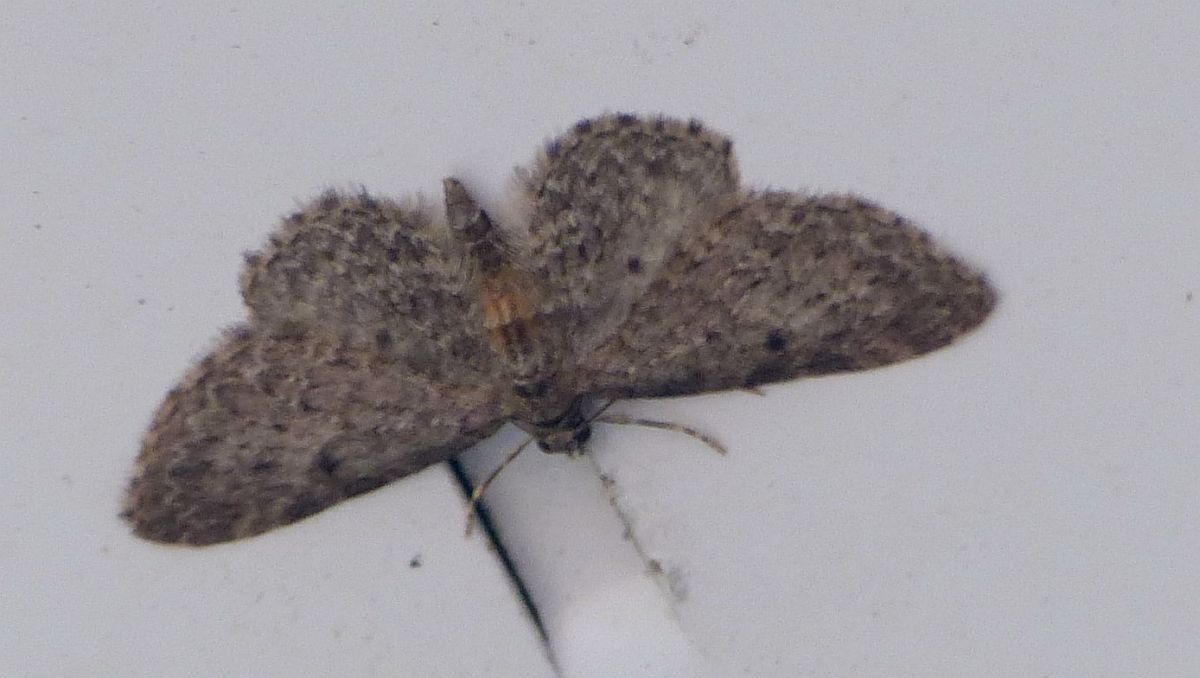
Eupithecia probably miserulata or misturata) (Lep.: Geometridae) Jochen Möhr

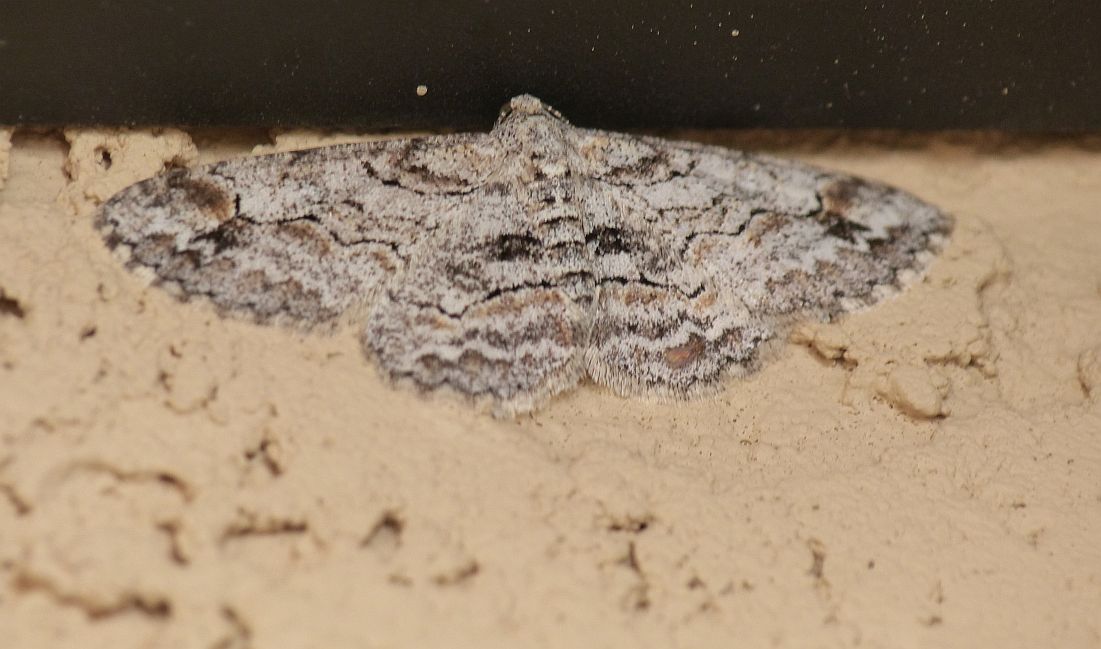
Iridopsis larvaria/masculata (Lep.: Geometridae) Jochen Möhr

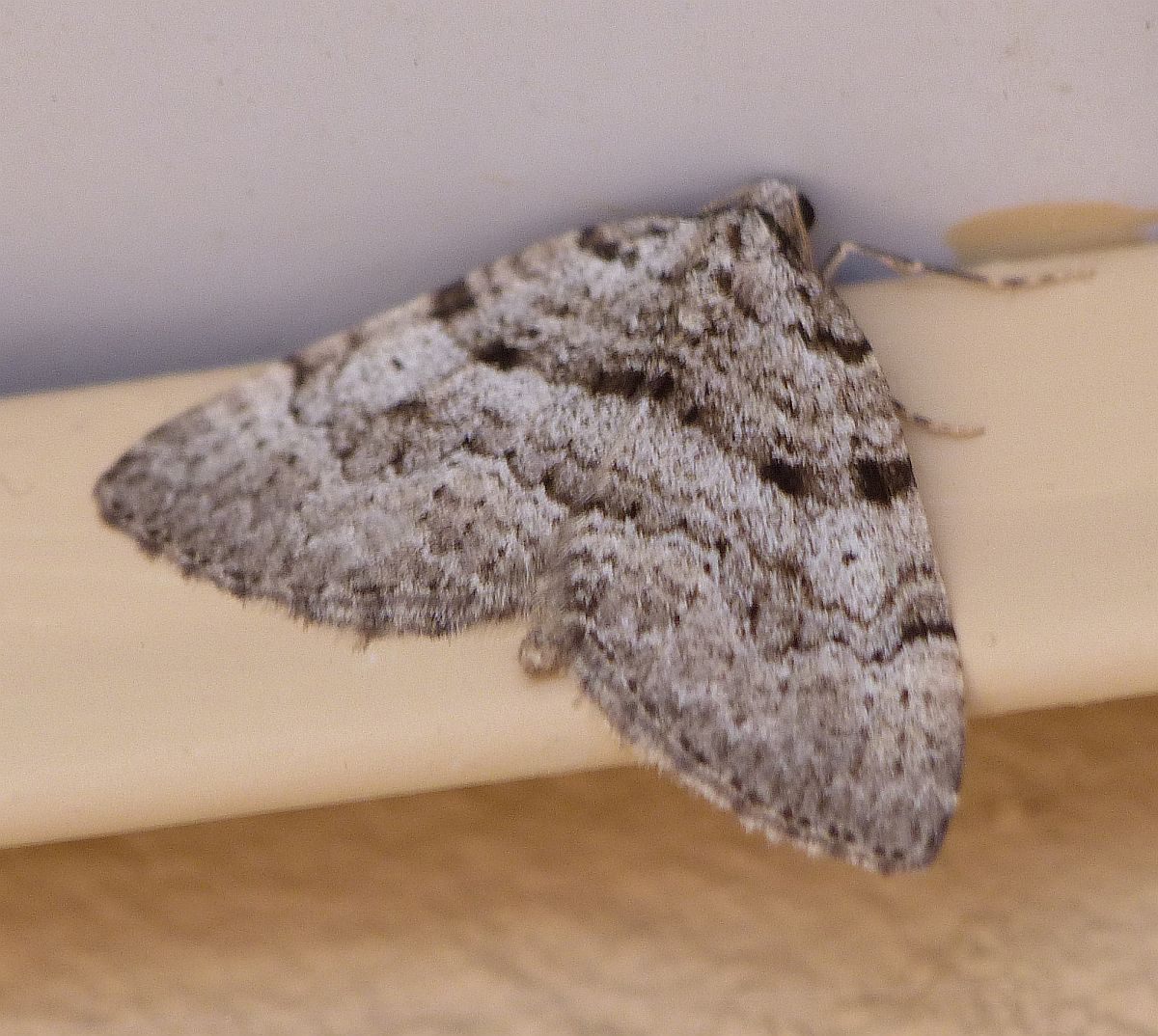
Perizoma curvilinea (Lep.: Geometridae) Jochen Möhr
The next one is a “micro” from the Family Crambidae, Subfamily Scopariinae. Libby writes: Best guess Eudonia commortalis or Scoparia basalis but they’re a difficult group. Someone told me work needs to be done on them. See what Jeremy thinks. Jeremy thinks: I heartily agree!

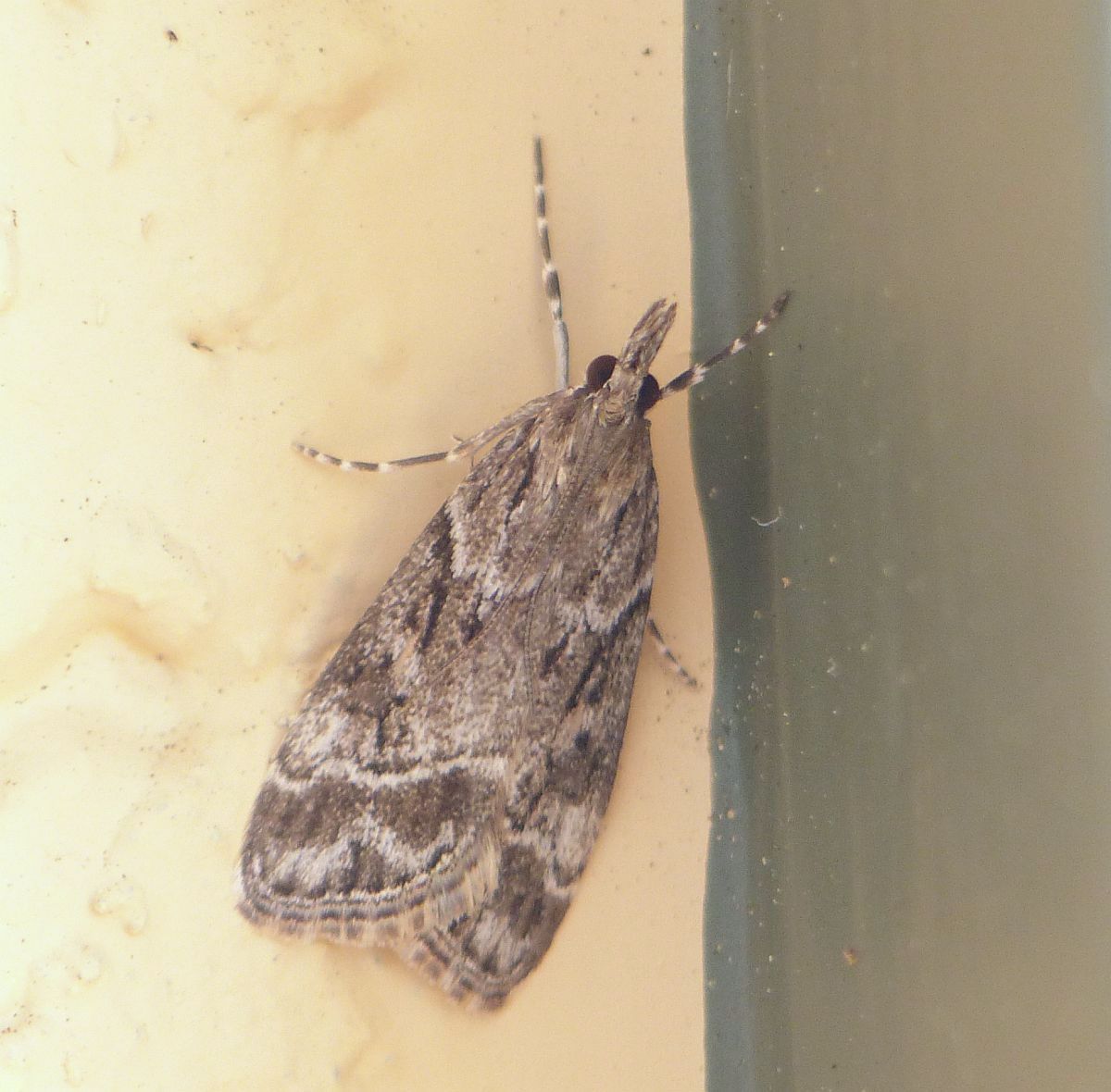
Eudonia commortalis or Scoparia basalis (Lep.: Crambidae) Jochen Möhr

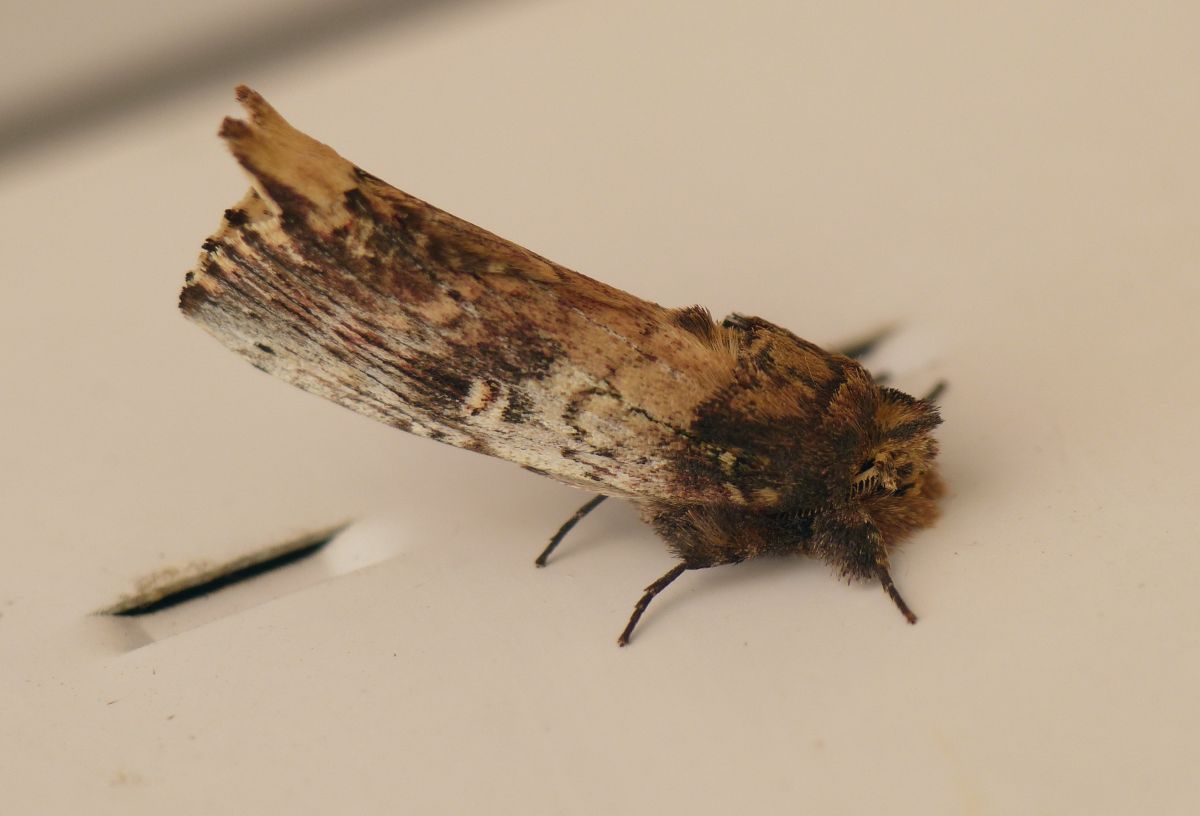
Schizura ipomoea (Lep.: Notodontidae) Jochen Möhr

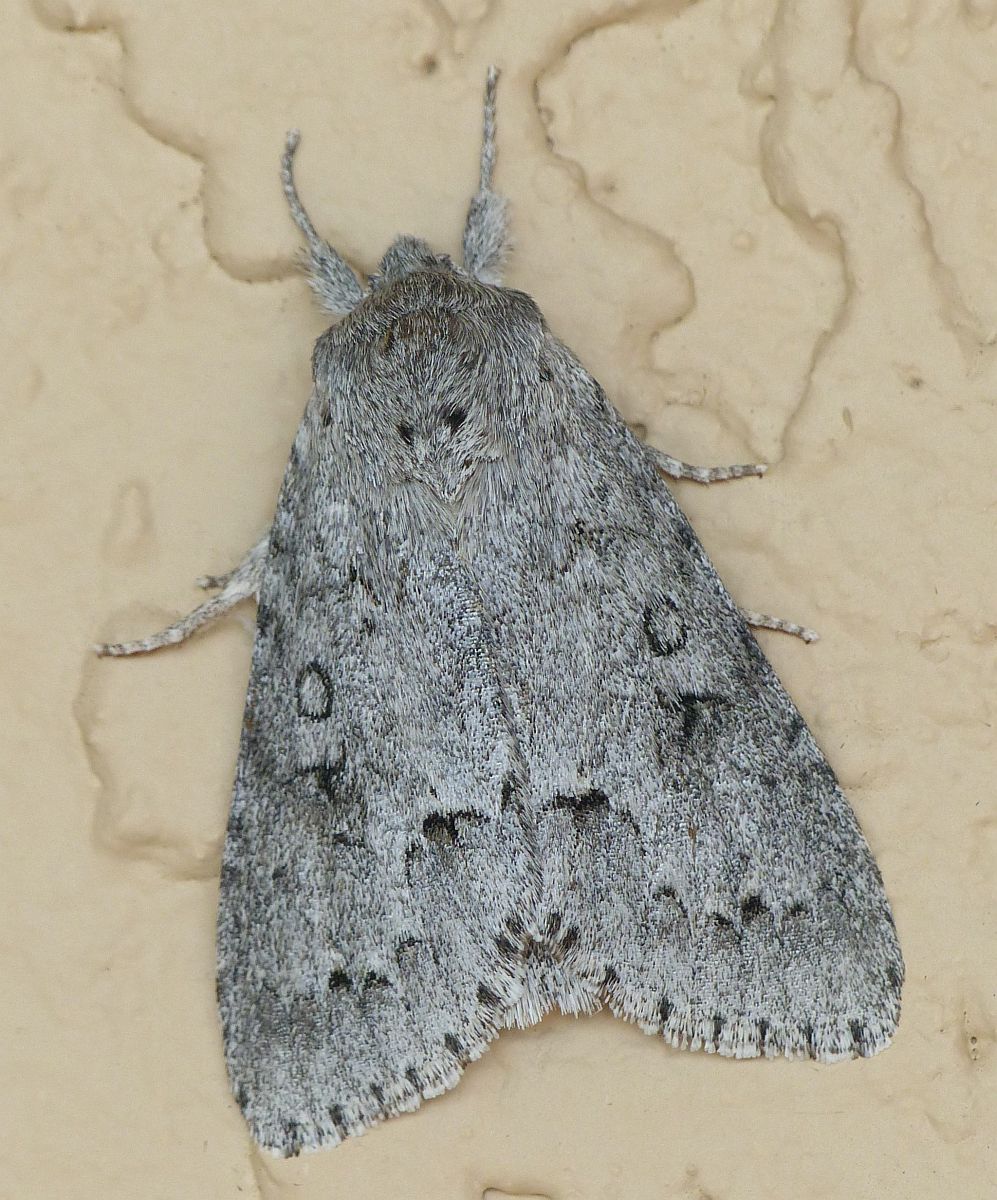
Acronicta dactylina (Lep.: Noctuidae) Jochen Möhr

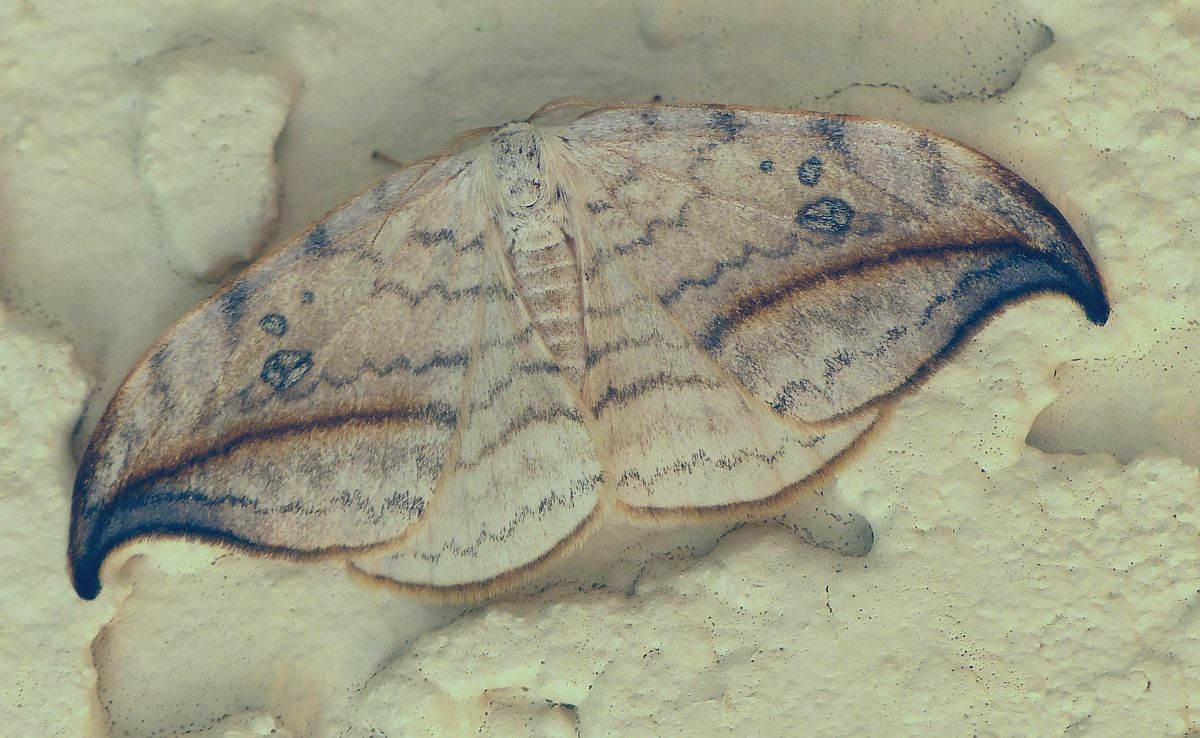
Drepana arcuata (Lep.: Drepanidae –Drepaninae) Jochen Möhr

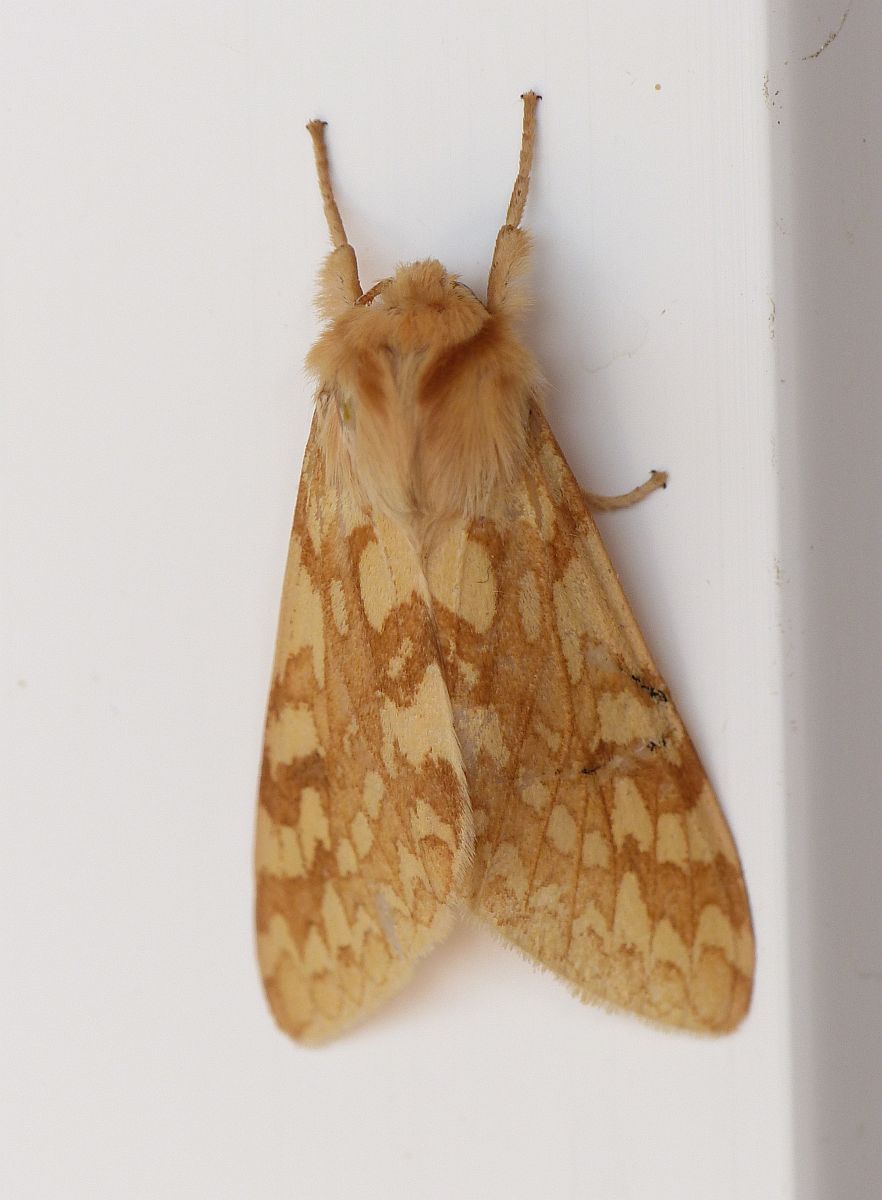
Spotted Tiger Moth Lophocampa maculata (Lep.: Erebidae – Arctiinae)
Jochen Möhr

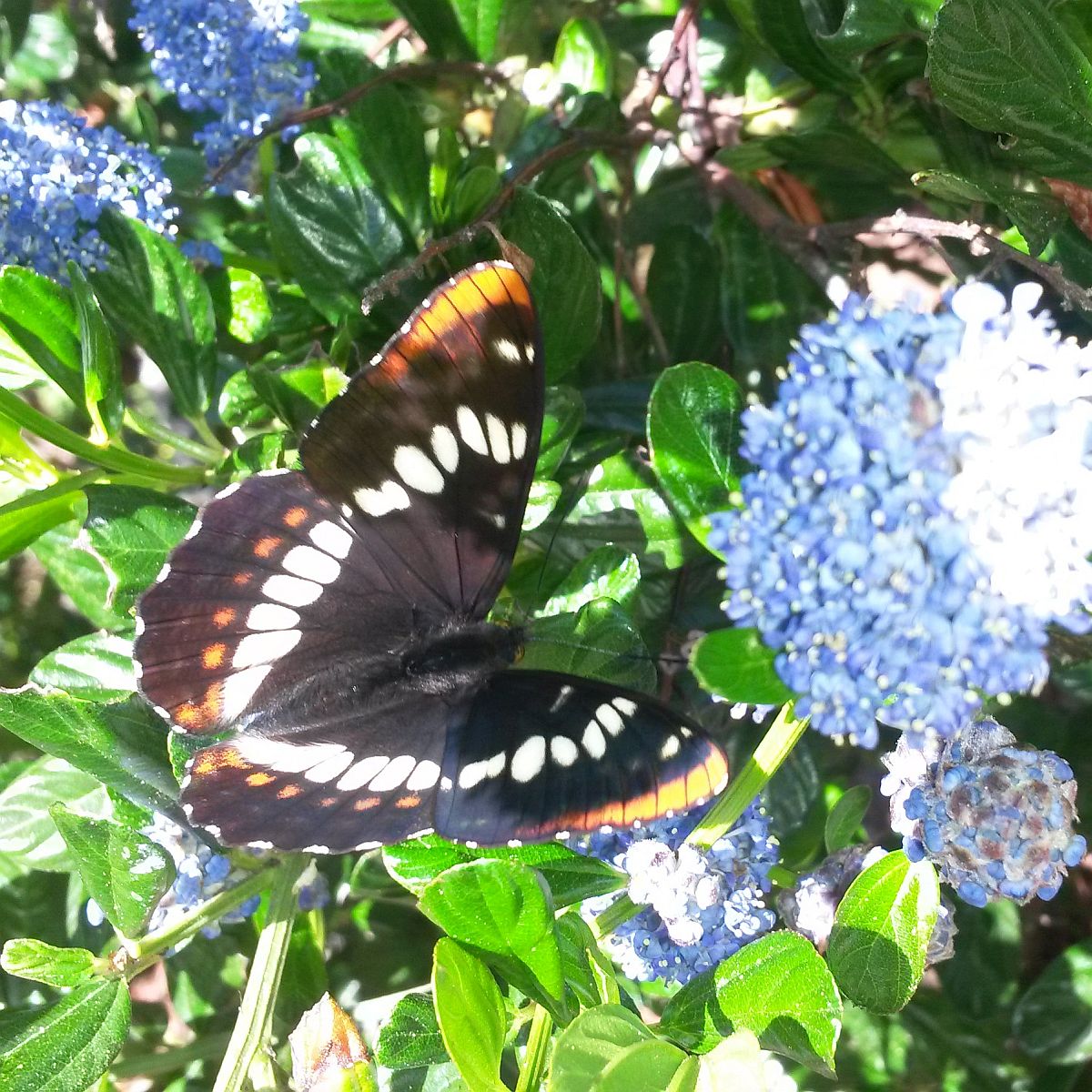
Lorquin’s Admiral Limenitis lorquini (Lep.: Nymphalidae) Jochen Möhr

